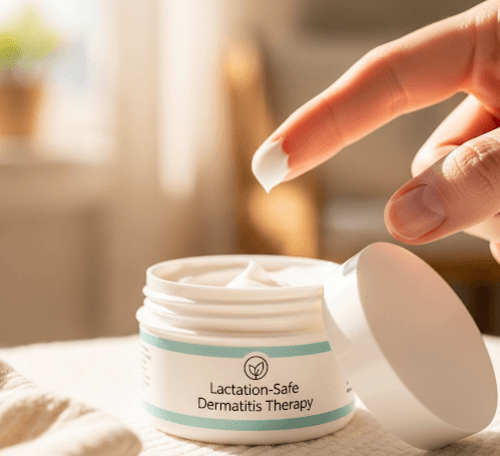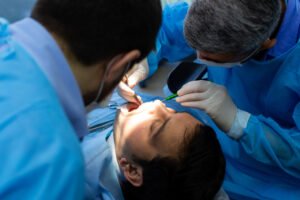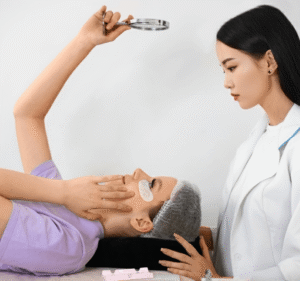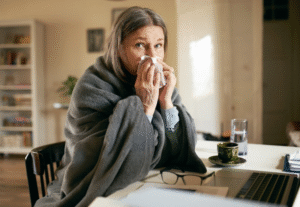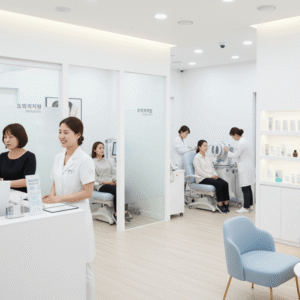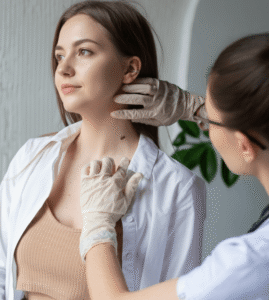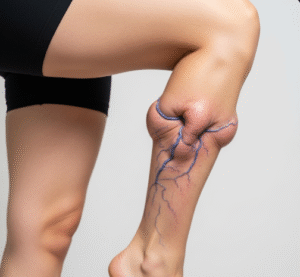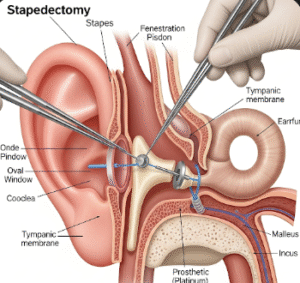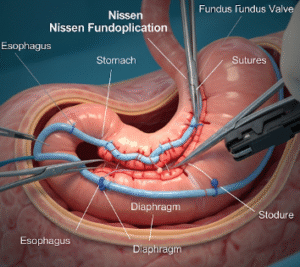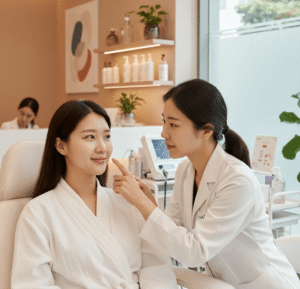Gentle and effective skin treatment for breastfeeding mothers
What it is
Dermatitis refers to skin inflammation that causes redness, itching, dryness, and irritation. Common forms include atopic dermatitis, contact dermatitis, and seborrheic dermatitis. During lactation, mothers often experience flare-ups due to hormonal changes, stress, and lack of sleep, which affect skin health.
Lactation-safe dermatitis therapy focuses on treating dermatitis without harming the breastfeeding infant. This means avoiding medications or topical creams that can pass into breast milk or affect the baby. Instead, the approach combines safe topical treatments, supportive therapies, and preventive skincare routines.
In Korea, dermatology clinics specialize in providing gentle, effective, and cosmetically mindful therapies tailored to the needs of new mothers.
Why it’s done
Treating dermatitis during lactation is important for several reasons:
✔ Symptom relief – Redness, itching, and discomfort can interfere with rest and daily activities.
✔ Preventing complications – Scratching irritated skin increases the risk of infection.
✔ Supporting breastfeeding – Painful skin can make feeding uncomfortable, especially if dermatitis affects the chest area.
✔ Emotional well-being – Clearer skin helps mothers feel confident and reduces stress.
✔ Protecting the baby – Safe treatments ensure no harmful substances pass to the infant.
Alternatives
Several alternatives exist for managing dermatitis during lactation.
→ Non-medicated skincare – Emollients, moisturizers, and gentle cleansers help reduce irritation.
→ Topical corticosteroids – Mild, short-term use of low-potency steroids is generally safe if not applied near the nipple area.
→ Topical calcineurin inhibitors (TCIs) – Tacrolimus and pimecrolimus are sometimes used in limited areas under medical supervision.
→ Phototherapy (NB-UVB) – Safe light-based therapy for moderate to severe cases.
→ Natural remedies – Oatmeal baths, coconut oil, and aloe vera are sometimes used but should be confirmed safe for lactation.
→ Lifestyle adjustments – Stress management, sleep support, and allergen avoidance.
In Korea, dermatologists often combine low-risk medical treatments with advanced skincare therapies for optimal results.
Preparation
Before beginning therapy, careful preparation ensures safe and effective outcomes.
➤ Dermatologic assessment – Doctors confirm the type of dermatitis and its severity.
➤ Medical history review – Includes past allergies, medications, and breastfeeding status.
➤ Infant safety considerations – Ensuring treatments do not expose the baby to harmful substances.
➤ Skincare planning – Identifying safe moisturizers and cleansers for daily use.
➤ Patient education – Mothers are advised on application timing (e.g., applying creams right after breastfeeding, not before).
How it’s done
Lactation-safe dermatitis therapy combines gentle medical care and lifestyle adjustments.
➔ Topical therapy –
- Mild corticosteroid creams for flare-ups, applied sparingly and away from feeding areas.
- Safe emollients used multiple times daily to restore the skin barrier.
- TCIs prescribed when corticosteroids are unsuitable.
➔ Non-pharmacologic therapy –
- Phototherapy (narrow-band UVB) for resistant cases.
- Cooling compresses or wet wrap therapy to calm irritation.
➔ Preventive measures –
- Avoiding harsh soaps, perfumes, and detergents.
- Wearing soft, breathable fabrics to reduce friction.
- Managing stress with rest and supportive care.
➔ Cosmetic care –
- In Korean clinics, dermatologists often add LED light therapy, hydration facials, or gentle herbal masks designed for nursing mothers.
Recovery
Recovery depends on the severity of dermatitis and adherence to therapy.
→ Most mild cases improve within 1–2 weeks of consistent treatment.
→ Moderate to severe cases may require ongoing management to prevent flare-ups.
→ Mothers notice less itching, smoother skin, and reduced redness as inflammation subsides.
→ Recovery also involves long-term skincare habits to prevent recurrence.
→ Regular follow-ups help track skin progress while maintaining lactation safety.
Complications
While treatments are generally safe, possible complications include:
✔ Overuse of corticosteroids, leading to skin thinning if applied incorrectly.
✔ Infection risk if dermatitis is scratched excessively.
✔ Allergic reactions to creams or moisturizers not tested beforehand.
✔ Post-inflammatory pigmentation changes, especially in darker skin tones.
✔ Persistent flare-ups requiring stronger therapies under strict supervision.
In Korea, complications are minimized with personalized treatment plans, patient education, and careful monitoring.
Treatment options in Korea
Korea is a global leader in dermatology and skincare, offering advanced, safe solutions for lactating mothers.
➤ Specialized maternal dermatology clinics – Many Korean hospitals and clinics have departments focusing on pregnancy and postpartum skin care.
➤ Safe topical regimens – Doctors prescribe low-potency corticosteroids, TCIs, and natural emollients proven safe during lactation.
➤ Cutting-edge non-drug therapies – Phototherapy and LED treatments are widely available.
➤ Integrated skincare programs – Clinics provide hydration therapies, scar-prevention regimens, and sensitive-skin facials tailored for breastfeeding mothers.
➤ Cosmetic dermatology integration – After dermatitis is controlled, gentle treatments like laser toning or pigmentation care may be offered.
➤ Medical tourism readiness – Korean clinics offer bilingual consultations and structured postpartum care packages for international patients.
➤ Research leadership – Korean dermatologists actively study pregnancy and lactation-safe dermatology, ensuring evidence-based treatments.
By choosing lactation-safe dermatitis therapy in Korea, mothers receive effective skin treatment, peace of mind for infant safety, and advanced cosmetic care, all in a patient-centered environment.

